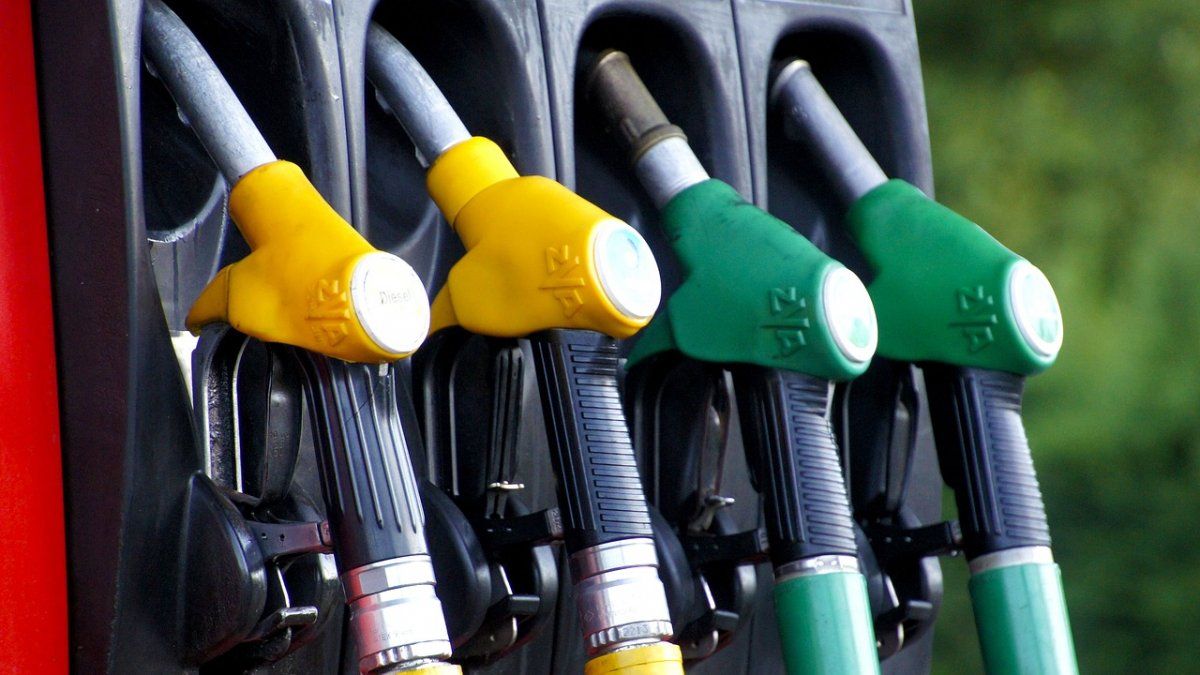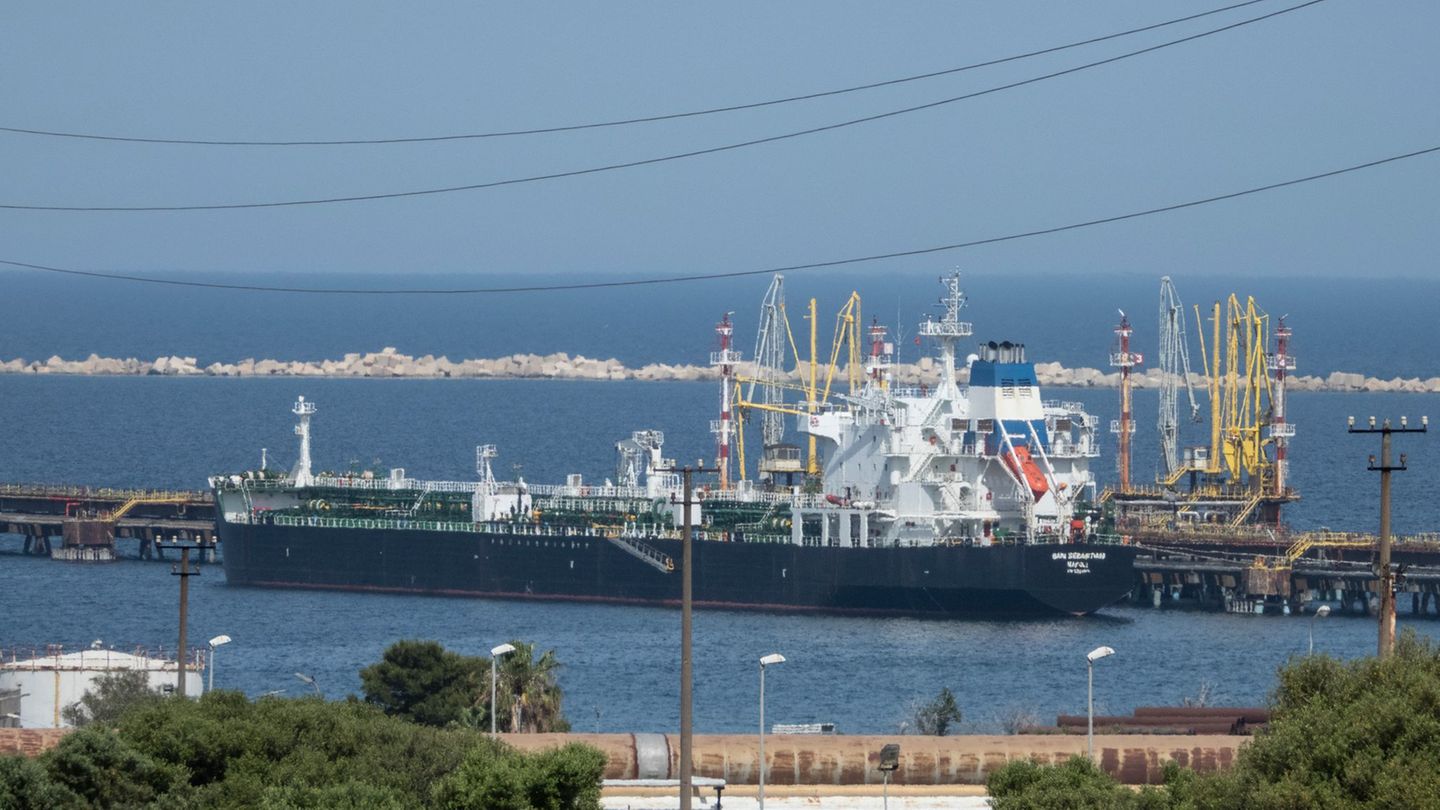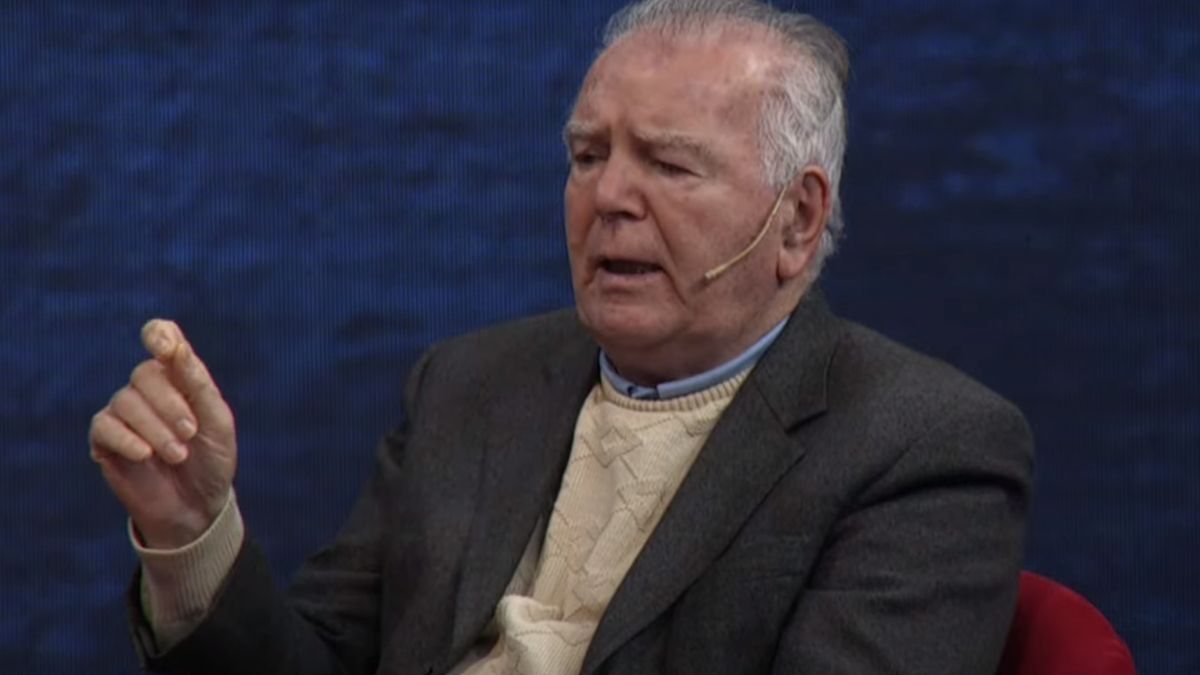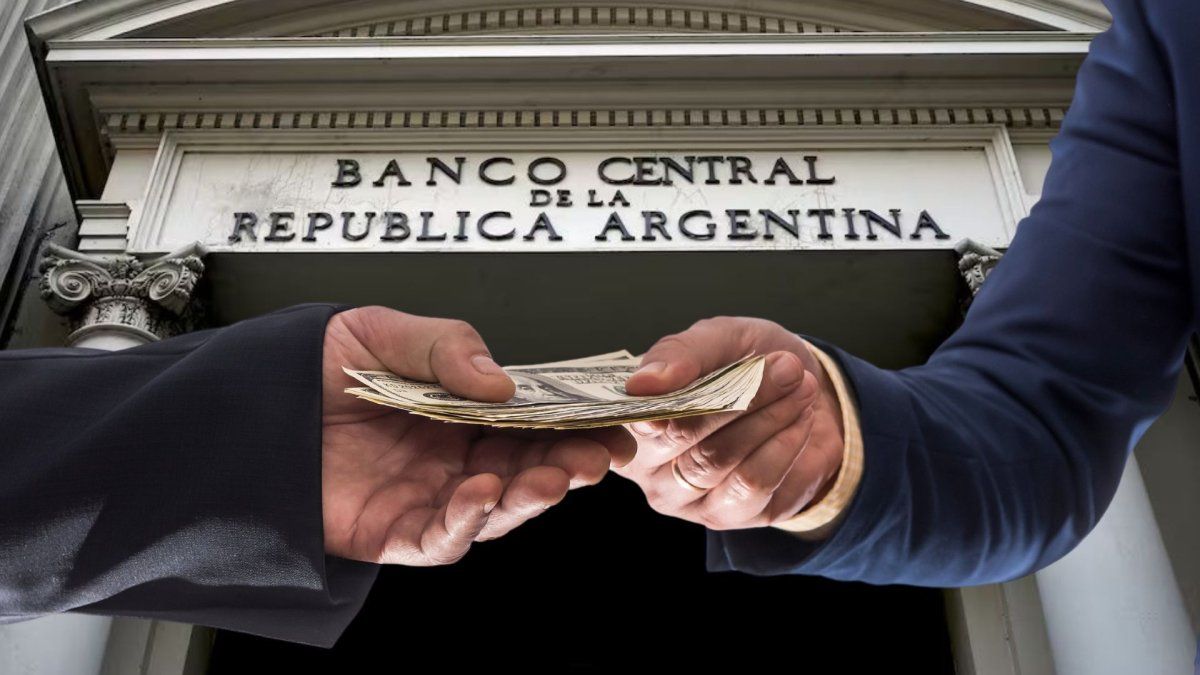The government is close to making a new decision regarding what will happen to the fuel price in Uruguay next month, while eyes are focused not only on the international reference values of the Petroleum —which experiences ups and downs, influenced by the different conflicts in the world—, but also in the local exchange market.
He Ministry of Industry, Energy and Mining (MIEM) will decide in the coming days, once it has the report of Import Parity Prices (PPI) of the Energy Services Regulatory Unit and Water (Ursea)if April will begin with changes in fuel prices or if, otherwise, the current values will remain unchanged during the last month of technical stoppage at the refinery The Tile.
Currently, Super 95 gasoline is available at 76.54 pesos per liter, while Premium 97 is at 79.08 pesos per liter. In the case of diesel, 50S costs 54.89 pesos per liter and 10S, 62.10 pesos per liter. These are the values that remained fixed after the official resolution to increase prices in the current month, with the aim of maintaining the finances of the National Administration of Fuel, Alcohol and Portland (Ancap) while its main plant is not operating due to maintenance tasks.
The price of oil (and the dollar?), key to the local decision
The reference price of Ancap for fuels in Uruguay is he barrel of Brent oilso all eyes are on that market that, during the last month, showed some ups and downs but, mostly, an upward trend, driven by conflicts at the international level.
In that sense, the Petroleum registered few changes today after recording a rise of 1.5% at the close of yesterday’s session. In fact, Brent futures fell 12 cents to $86.63 a barrel.
The main reason for the significant increase was the order of the government of Russia towards companies to cut production in the second quarter to reach the objective of 9 million barrels per day and thus meet the commitments with the OPEC+, which continues with voluntary cuts until at least the end of June.
This is also added to the attacks of Ukraine to seven Russian refineries, which put the productive capacity of this important oil producer at risk and, with it, took the price of crude oil to its highest in five months, with a value of 87.38 dollars per barrel. Nor should we ignore the uncertainty generated by the conflict between Israel and Loop in Middle East, due to the possible intervention of other countries in the region in the war.
Given this international scenario, in Uruguay a consequent increase in public fuel prices could be expected, in parallel with the increase in the price of Petroleum which accumulates an increase of 2.1% in the month. However, there is another factor to take into account: the price of the dollar in the local exchange market.
The deepening of exchange delay and the fall of the US currency, which, in March, has accumulated a decline of 3.19%; It could contribute to the impact of international increases not being such in the local market. This is because, when converting prices to pesos, the figures differ by the exchange rate. That is, at the beginning of March, one dollar was equivalent to 38.92 pesos, while today it is equal to 37.802 pesos.
While the increase in the barrel of Brent, so far, is less than the loss in value of the dollar, that difference could play in favor of the pockets of Uruguayans.
Source: Ambito




